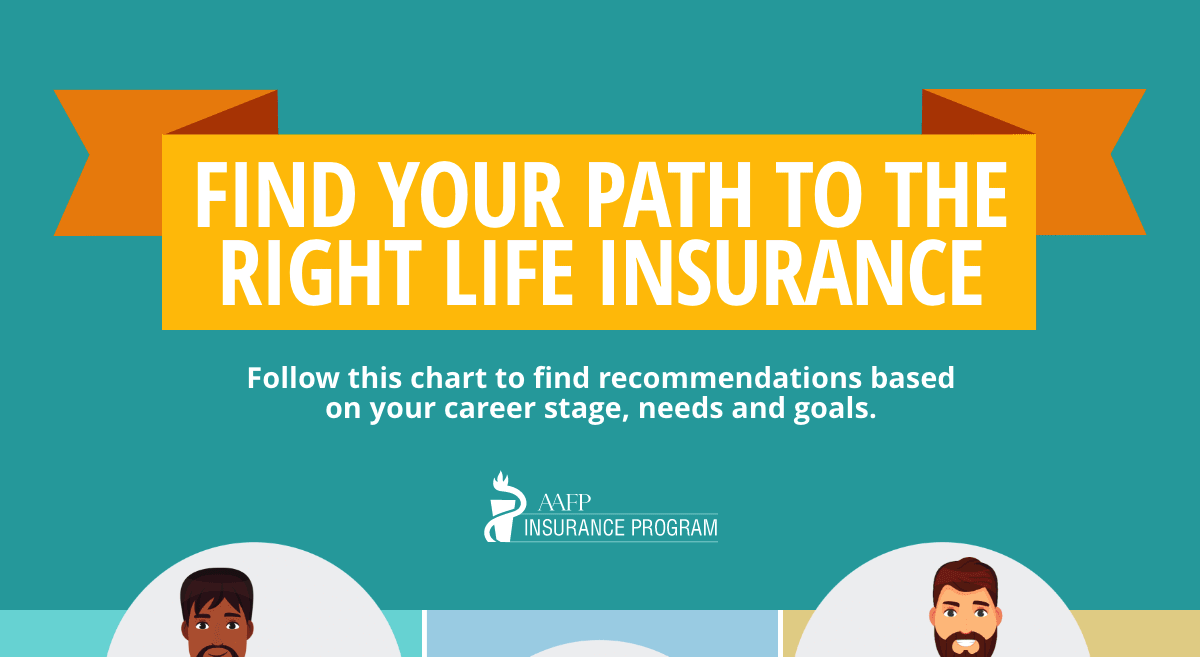If you begin saving for retirement late in the game, you can still develop a comprehensive financial strategy that examines your assets and liabilities. You will need to look at your current net worth as well as project where your finances may be in 20 years. According to the U.S. Department of Labor, fewer than half of American adults have calculated how much they need to save for retirement. In addition, 30% of private industry workers do not participate in any defined contribution plans. However, you may be able to make annual catch-up contributions if you are in your 50s and enrolled in a 401(k), 403(b), SARSEP or governmental 457(b) plan. To help calculate what you will need to retire with peace of mind, ask yourself:
- What are my outstanding debts?
- How much do I have in my savings, investments, stocks & bonds, etc.?
- How long will I need to pay for my child’s education?
- What is the state of my health?
- Will I be able to sustain my current spending habits?
- What will my household expenses be in 10, 15, 20 years?
- Will I need to support my aging parents?
- Can I afford to quit my job before I am ready to retire?
These are important questions to answer that will help shape your financial future. Medical professionals, especially family physicians, should have a transition plan for retirement. Resist the urge to quit out of frustration or retire well before you need to. Since the future of the medical profession remains uncertain, there will be some issues you won’t be able to account for in your financial plans. To point you in the right direction, here are some of the basics of retirement planning that anyone from first-year residents to veteran docs can utilize.
Remember the 10% rule
While most financial advisors recommend setting aside 10-15% of your income toward retirement, you may need to save even more depending on your goals. While saving that much money is easier said than done, it is possible even in midlife.
Reduce your spending NOW
To get started, consider reducing the number of times you eat out each month, and possibly defer the purchase of a new car or the latest mobile device. In these situations, consider where you can cut spending while still living within your means. This may mean cutting back on luxury items & habits, moving into a smaller residence or even relocating to a cheaper part of town. Saving a few bucks here and there can make a lot of difference post-retirement.
Take advantage of tax breaks
If you’re a family physician who is employed by a hospital or other healthcare system, chances are your employer may offer a plan that will allow you to invest in tax-deferred accounts. Consider enrolling in either a 401(k) or 403(b). If one is not available, choose an individual retirement account (IRA). With this type of account, you’ll be able to save the income tax this year on anything you put into them.
Include pensions and Social Security benefits
Anything you receive from a traditional pension plan will help reduce what you have to provide for yourself post-retirement. See what pensions you may have on file from previous employers. In addition, when the time is right, you will receive Social Security benefits. We mentioned before in this blog that when it comes to collecting Social Security, you shouldn’t retire too soon. The longer you wait to collect your claim, the more you will get. To estimate your benefits, use the retirement estimator on the Social Security Administration’s website.
Planning for retirement at a late age doesn’t have to be stressful. With the proper financial strategies in place, and with a little bit of patience, you will be able to have a peaceful and comfortable retirement.
Retired family docs: What advice do you have for young doctors who haven’t started thinking about retirement?
Image: Robert Kneschke/Shutterstock




